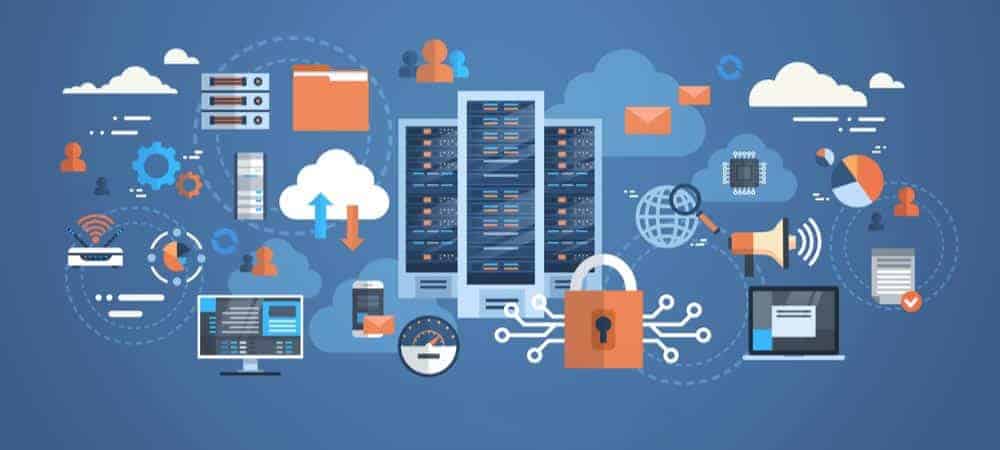SAP applications are used for many different things. One of the most important aspects: SAP systems have to be ideally adapted to a company’s specific requirements to run smoothly. On the one hand, high availability (HA) solutions are leveraged to ensure uninterrupted operation.
On the other hand, SAP applications have to be optimally secured, since errors that can lead to disastrous outcomes are plenty. Backups are indispensable for cybersecurity threats like ransomware attacks. The problem: Many companies confuse HA functionalities like mirroring with backup solutions.
The misbelief that efficient HA solutions that immediately mirror data in a second system (that doesn’t necessarily have to be on location) can replace a data recovery solution is unfortunately very prevalent. When systems fail, the solution can continue to run them on a second system, that much is true. What many people forget, however, is that this only works if the error is hardware related.
In the event of a malware or ransomware attack, the virus is immediately transferred to the second system, corrupting the data and rendering them useless. Encryption Trojans encrypt data systems without users noticing anything until a few weeks later when it’s already too late.
For efficient recovery, companies have to be able to access the data of before the Trojans even got into the systems.
SAP-certified backup and recovery
For SAP applications, companies therefore have to leverage a comprehensive backup solution. It’s equally important to use an SAP-certified data recovery solution. Only then can customers be sure that SAP will support them, that their business-critical applications run smoothly and securely, and that data can be recovered if necessary.
Ideally, the SAP backup solution is integrated in a company’s data recovery solution, so it becomes easier to manage and train employees for. In general, the backup solution should be certified for a number of platforms, applications and databases to ensure smooth operation in heterogeneous environments.
This guarantees that backup and recovery of virtual and physical environments, databases and applications are consistent and based on the provider’s guidelines. Additionally, the solution should support cloud use.
Companies need to involve the data backup solution in their business continuity strategy based on recovery point objectives and recovery time objectives. This is essential to a comprehensive data recovery scenario. SLAs (service level agreements) have to be defined and documented in a disaster recovery plan. Furthermore, it needs to be technically feasible for the backup solution to comply with legal regulations like the EU GDPR.
Considering recent security mishaps and the danger of security gaps, it’s important to check that the software doesn’t have any backdoors that could cause problems. German or European solutions are recommendable.
Requirements are manifold and the list of dangers is long, ranging from blackouts and natural disasters to accidental and purposeful manipulation, like sabotage, ransomware or hackings. Backup is often the last resort, saving data and business-critical SAP systems.






















Add Comment